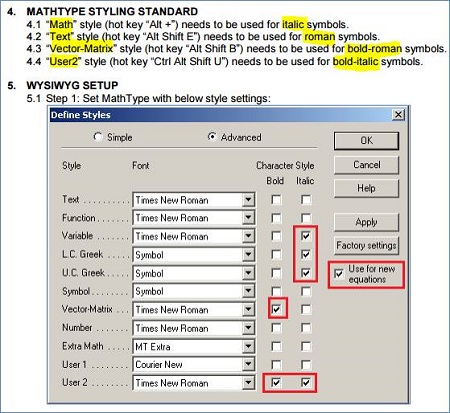

Restore an earlier version of a document.Save a large document as a package file.Export to Word, PDF, or another file format.See the latest activity in a shared document.Change the look of chart text and labels.Add a legend, gridlines, and other markings.Change a chart from one type to another.Calculate values using data in table cells.Select tables, cells, rows, and columns.Fill shapes and text boxes with color or an image.Set pagination and line and page breaks.Format hyphens, dashes, and quotation marks.Format Chinese, Japanese, or Korean text.Use a keyboard shortcut to apply a text style.Create, rename, or delete a paragraph style.Bold, italic, underline, and strikethrough.Populate and create customized documents.Add, change, or delete a source file in Pages on Mac.Select text and place the insertion point.Use VoiceOver to preview comments and track changes.View formatting symbols and layout guides.Intro to images, charts, and other objects.H5P content, Social Polls and Comments Boxes are some of the areas that cannot display equations in this way. Third party tools that embed content in Canvas use their own methods to display equations or may not display them at all. Listen to equations using Read and WriteĮquations can be added to most areas in Canvas that accept text input.

Set equations to automatically zoom to a size that suits you.Use a Screen Reader to read and navigate equations.Cut and paste equations into other applications (e.g.The way that Canvas displays equations benefits everyone. You don’t need any additional software to view equations created using the Maths editor – it just works. The Maths Editor stores equations in LaTeX format and Canvas uses MathJax to convert them on-the-fly to mathematical notation. Canvas displays any equation created in the Maths Editor (also known as the Equations Editor) as text.


 0 kommentar(er)
0 kommentar(er)
